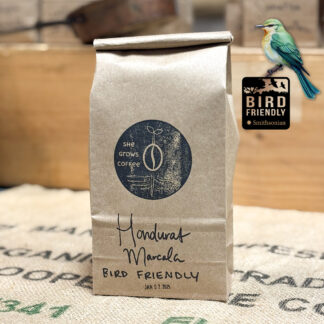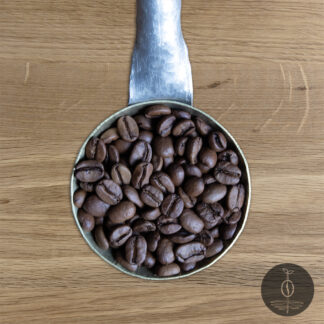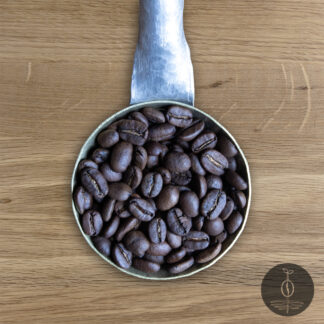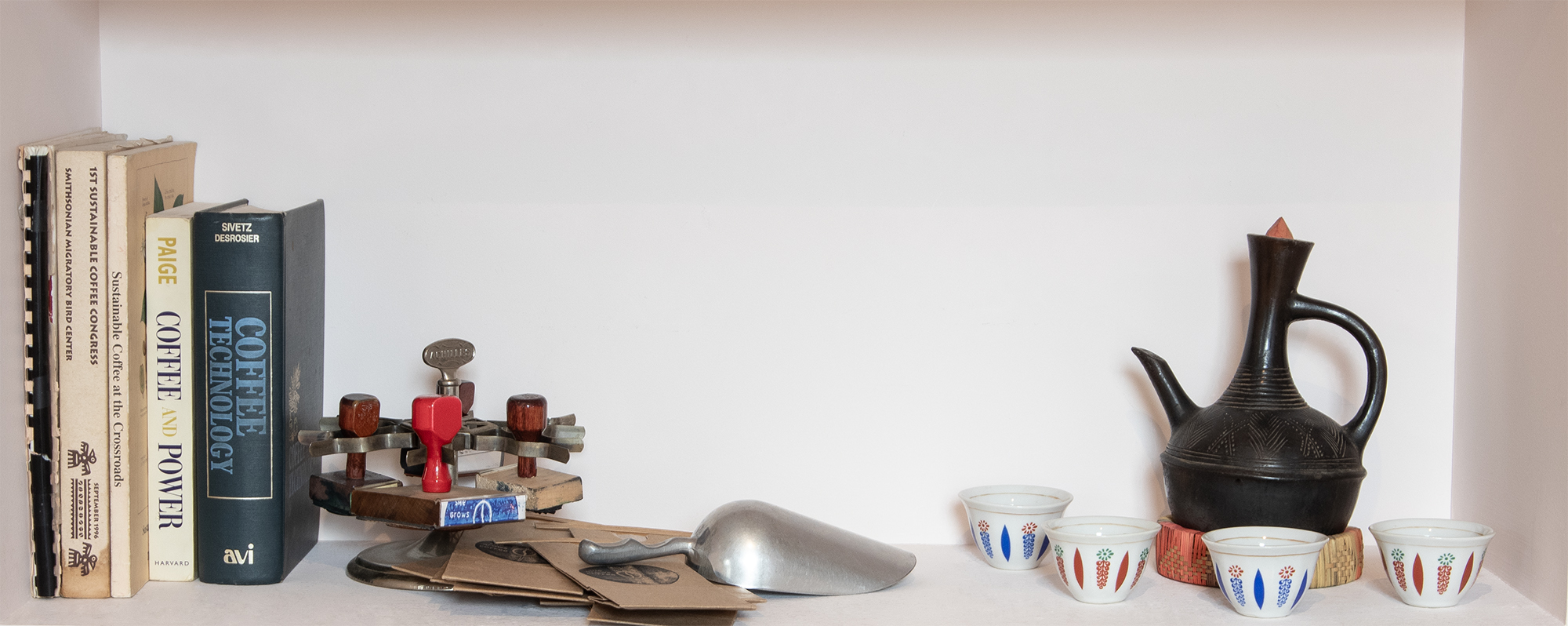Description
Huabal, Cooperative: Cenfrocafe
The Peru Huabal honey-processed microlot originates from a select group of 12 farmers within the CENFROCAFE cooperative, situated in the Cajamarca region of northern Peru. The cooperative was founded in 1999 with 220 smallholder coffee growers organized into 11 local associations. It has since expanded to include over 3000 members across 12 provinces and is renowned for its commitment to organic farming and sustainable practices.
In honey processing, the coffee cherries are depulped to remove the outer skin, but the sticky mucilage—the sugary layer surrounding the coffee bean—is retained during drying. This method, which falls between washed and natural processing, allows the mucilage to ferment and caramelize, imparting a distinctive sweetness and body to the coffee.
This microlot exemplifies the innovative approaches of small-scale farmers in the Huabal region, showcasing how traditional methods can produce coffees with unique and refined flavor profiles, featuring notes of blackberry, prune, and milk chocolate.
Coffee Production in Peru
Peru is a significant producer of arabica coffee, ranking among the top 10 global exporters. Primary cultivation occurs in the Andean regions, particularly in the departments of Cajamarca, San Martín, Junín, Amazonas, and Cusco. Most coffee is grown at altitudes between 1000 and 2000 meters above sea level under agroforestry systems that support biodiversity and soil conservation.
Coffee production is dominated by smallholder farmers, with average farm sizes ranging from 1 to 3 hectares. These producers are often organized into cooperatives or associations to improve market access, quality control, and technical assistance. The majority of Peruvian coffee is certified Organic and/or Fair Trade, which facilitates access to specialty markets and price premiums. Traditional shade-grown practices are common, with limited use of synthetic agrochemicals, particularly in certified organic systems. Coffee varieties cultivated include Typica, Caturra, Bourbon, Catimor, and more recently introduced disease-resistant hybrids. Integrated pest and disease management is employed to address major threats such as coffee leaf rust (Hemileia vastatrix).
The washed (wet) processing method is the predominant post-harvest system. Processing typically occurs on-farm or in small centralized facilities and includes de-pulping, fermentation (12–24 hours), washing, and sun-drying. Quality control measures are implemented at cooperative collection centers and dry mills to ensure export-grade standards.
Coffee is a key agricultural export for Peru, contributing significantly to rural livelihoods and foreign exchange. The Peruvian government, along with NGOs and international buyers, supports the sector through technical assistance, infrastructure development, and promotion of specialty coffee. Cooperatives play a central role in certification management, market access, and traceability.







Reviews
There are no reviews yet.